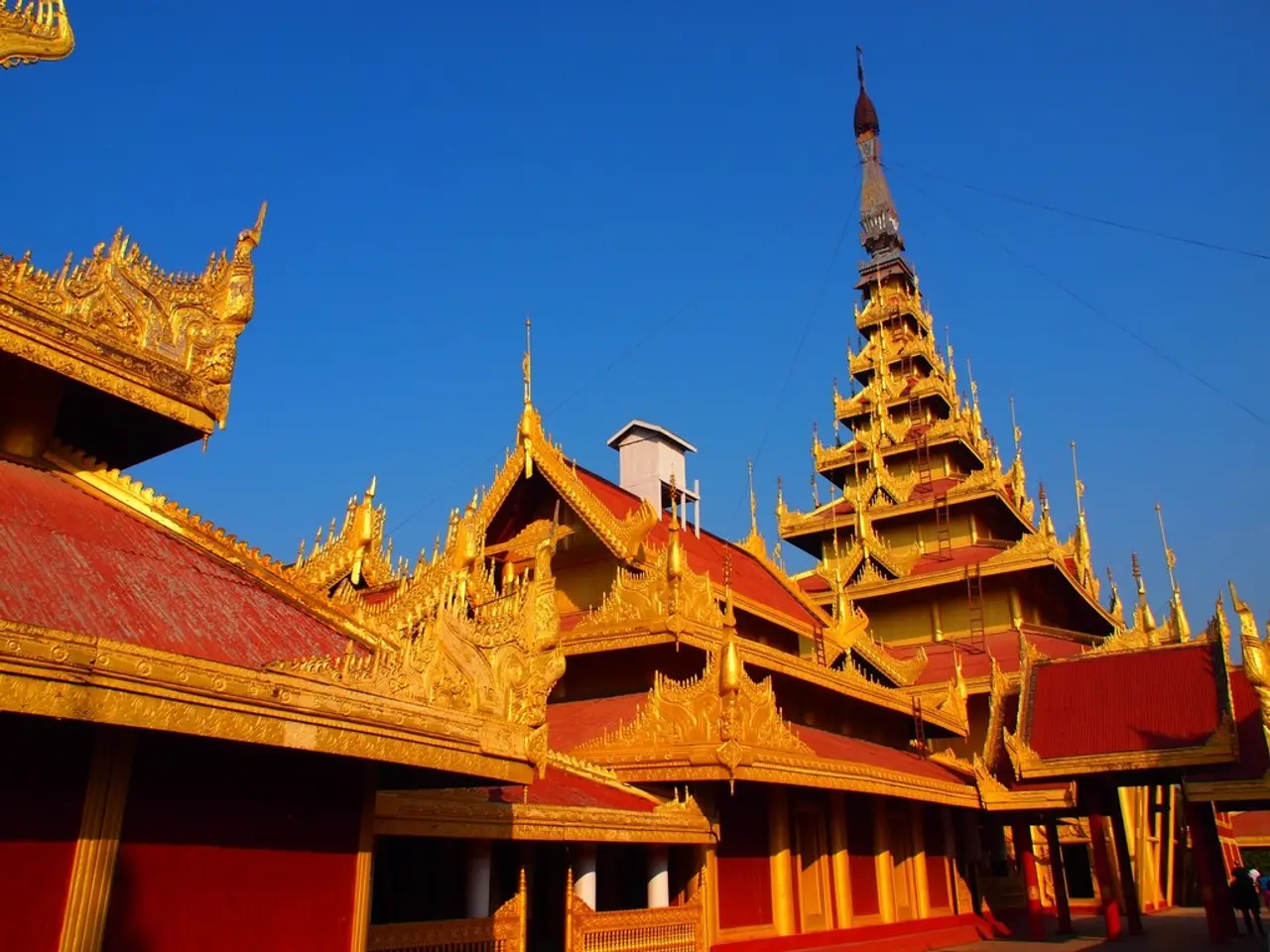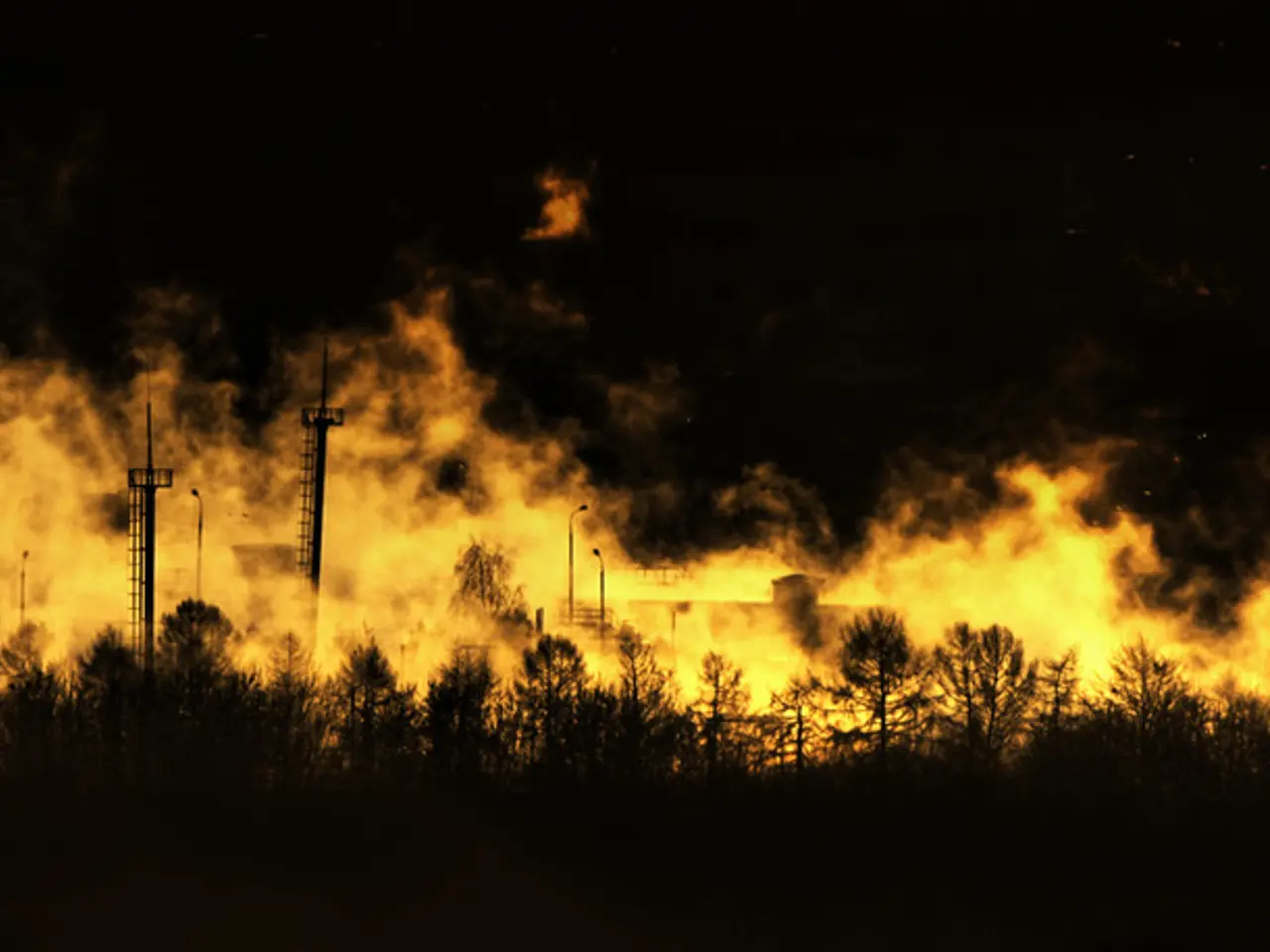Bangladesh transforms Sheikh Hasina's former prime ministerial residence into a museum.
The Ganabhaban palace in Dhaka, once the official residence of Bangladesh’s former Prime Minister Sheikh Hasina, is being transformed into a museum. This initiative, led by Nobel Peace Prize laureate Muhammad Yunus, aims to preserve memories of Hasina’s 15-year rule, which is characterized by the current caretaker government and activists as autocratic and oppressive.
The transformation of the palace into a museum is a lasting reminder of the student-led uprising in 2024 that led to Hasina’s removal from power. The museum aims to document and exhibit the repression, human rights violations (including detentions and killings), and the broader political struggle during her tenure.
Exhibits will include artifacts related to the protesters killed, interactive installations, and a replica of a secret detention center reportedly used during Hasina’s rule. The museum will also feature films, photographs, and plaques honoring the lives of those killed during the uprising period.
The palace was stormed by protesters on August 5, 2024, during the uprising, an event captured in iconic imagery of jubilant crowds waving flags from its rooftop as Hasina fled to India. The caretaker government depicts the palace as a symbol of "fascism" and autocracy linked to Hasina’s regime, which they accuse of extensive human rights abuses, including the deaths of up to 1,400 people during the uprising period according to UN reports.
The museum is part of an effort to memorialize the uprising’s fallen and serve as a platform for reflecting on democratic values and envisioning a new political future in Bangladesh. Interactive displays will be used to engage visitors, especially young people, in discussions about democracy and the future of Bangladesh.
Activist and photographer Mosfiqur Rahman Johan, who participated in the palace storming, considers Ganabhaban a symbol of Bangladesh's recent political struggles. Students like Muhibullah Al Mashnun view the removal of such symbols as essential for the nation’s progress toward a new future.
The museum’s creation has also received support from Muhammad Yunus, the Nobel Peace Prize laureate and current caretaker government leader. He considers it a means to "preserve memories of misrule and the people's anger" that led to Hasina’s removal. The museum is expected to illustrate both past suffering and resistance in Bangladesh, providing a lasting testament to the struggle for justice and democratic renewal in the country.
[1] The Guardian. (2024, August 6). Student-led protests storm Bangladesh's Ganabhaban palace, forcing Sheikh Hasina to flee. Retrieved from https://www.theguardian.com/world/2024/aug/06/student-led-protests-storm-bangladeshs-ganabhaban-palace-forcing-sheikh-hasina-to-flee
[2] Human Rights Watch. (2024, August 10). Bangladesh: UN Must Act on Alleged Killings During Protests. Retrieved from https://www.hrw.org/news/2024/08/10/bangladesh-un-must-act-alleged-killings-during-protests
[3] Al Jazeera. (2024, August 15). Bangladesh: Caretaker government vows to investigate alleged abuses during protests. Retrieved from https://www.aljazeera.com/news/2024/08/15/bangladesh-caretaker-government-vows-to-investigate-alleged-abuses-during-protests
[4] BBC News. (2024, September 1). Bangladesh: Museum to be built at former PM Sheikh Hasina's residence. Retrieved from https://www.bbc.com/news/world-asia-59203259
[5] The Diplomat. (2024, October 1). Bangladesh's Caretaker Government Plans Museum to Commemorate Protests Against Sheikh Hasina. Retrieved from https://thediplomat.com/2024/10/bangladeshs-caretaker-government-plans-museum-to-commemorate-protests-against-sheikh-hasina/
- The creation of a museum at the Ganabhaban palace, once the residence of former Bangladesh Prime Minister Sheikh Hasina, is aimed at preserving memories of the 2024 student-led uprising and documenting the repression, human rights violations, and broader political struggle during her tenure.
- The museum, which is expected to include artifacts, interactive installations, films, photographs, and plaques, serves as a symbol of the democratic values and an envisioned new political future for Bangladesh, providing a platform for young people to discuss democracy and the nation's progress.
- Nobel Peace Prize laureate Muhammad Yunus, who supports the museum's creation, considers it a means to preserve memories of "misrule" and the people's anger that led to Sheikh Hasina's removal from power, acting as a lasting testament to the struggle for justice and democratic renewal in Bangladesh.




